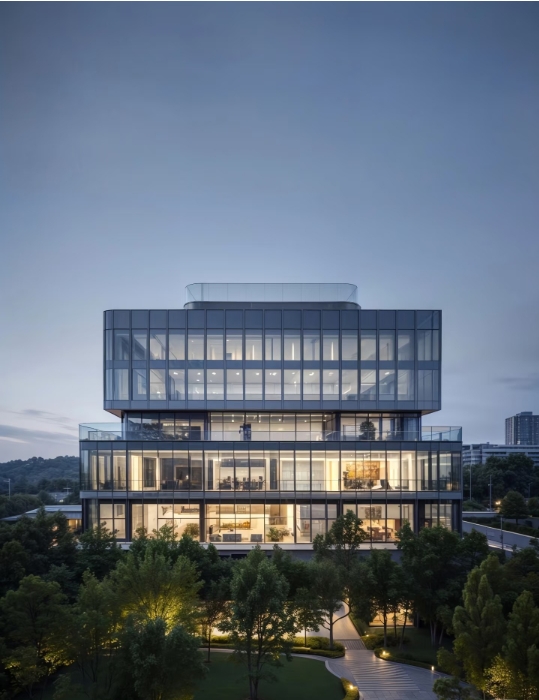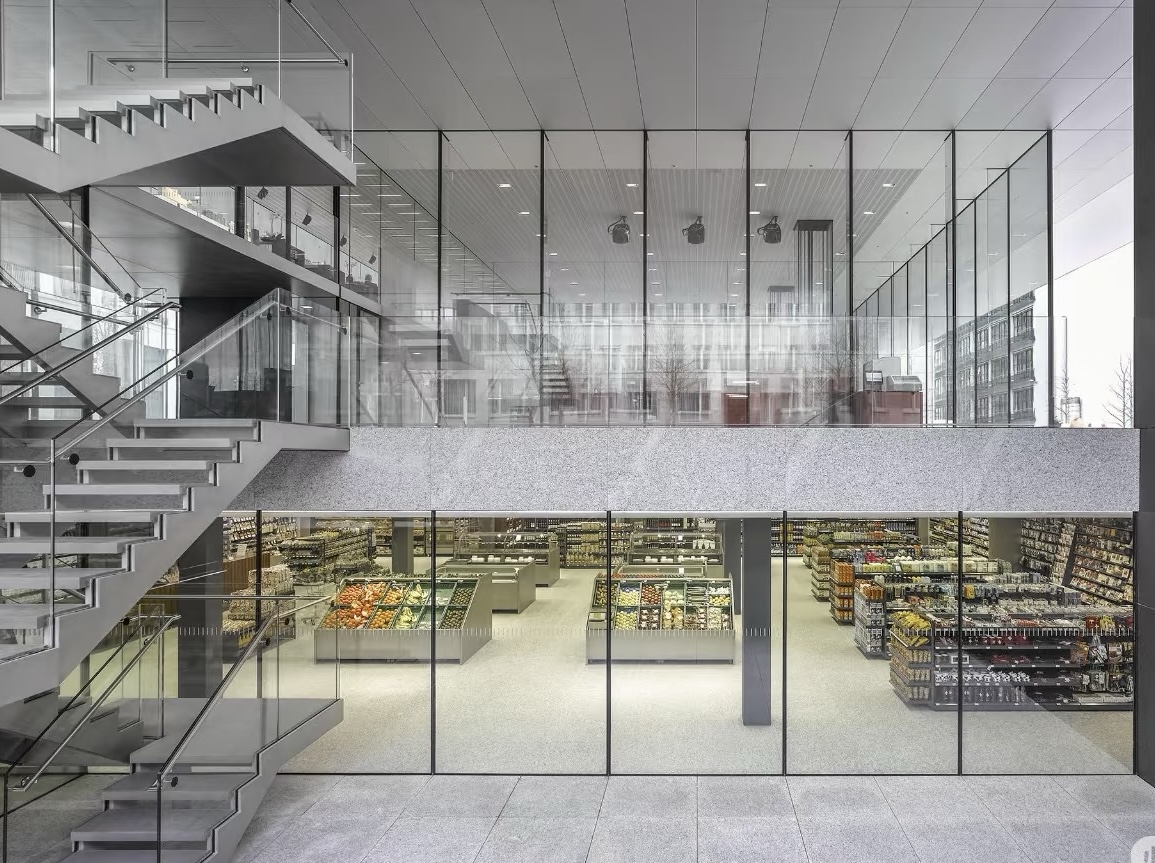In today’s fast-evolving urban environments, architectural glass has become a symbol of modernity, innovation, and sustainability. Its ability to combine functionality with aesthetic appeal has made it a core material in contemporary cityscapes. From sleek office towers to high-end residential developments, glass is reshaping the way we build and experience urban spaces.
The Power of Glass in Urban Design
Architectural glass is not just a material—it's a design philosophy. It represents transparency, openness, and progress. As cities aim for smarter, greener infrastructure, the choice of building materials becomes crucial. Architectural glass meets these modern demands by enhancing natural light, improving thermal efficiency, reducing energy costs, and offering flexible design options.

Key Types of Architectural Glass and Their Urban Applications
1. Tempered Glass
Tempered glass, also known as toughened glass, undergoes thermal or chemical treatments to enhance its strength. It is four to five times stronger than regular glass and breaks into small, blunt fragments, ensuring safety in public areas.
Applications: Commercial façades, glass doors, public transport terminals, high-traffic areas.
2. Laminated Glass
Laminated glass consists of two or more glass layers bonded with a durable interlayer (usually PVB). It remains intact when shattered, providing high safety, sound insulation, and UV resistance.
Applications: Sound-sensitive zones, skylights, hospitals, museums, and banks.
3. Insulated Glass
Insulated glass (IGUs) features two or more panes separated by air or gas-filled space, offering excellent thermal performance. It significantly reduces energy consumption by minimizing heat transfer.
Applications: Green buildings, residential windows, office towers, and curtain walls.
4. Curved Glass
Curved glass is bent and shaped during the manufacturing process, offering a fluid and futuristic appearance. It allows architects to create flowing, organic structures.
Applications: Architectural landmarks, atriums, panoramic elevators, and curved façades.
5. Oversized Glass
Oversized glass panels enhance openness and allow uninterrupted views. They enable the creation of seamless, minimalist façades with fewer structural joints.
Applications: Luxury hotels, airport terminals, shopping centers, and exhibition halls.

Henan Zhongbo Glass: Empowering the Future of Urban Architecture
Henan Zhongbo Glass Co., Ltd. has earned its reputation as a trusted leader in China’s glass industry through continuous innovation and high-quality manufacturing.
What Sets Zhongbo Glass Apart?
R&D Driven: Continuous research ensures development of high-performance glass tailored for complex urban requirements.
Advanced Processing Capabilities: Zhongbo’s facilities support deep processing of oversized, curved, and multi-functional glass.
Custom Solutions: The company collaborates with architects and builders to deliver precision-engineered glass products.
Global Reach with Local Strength: While serving international markets, Zhongbo maintains deep roots in China's architectural evolution.
Whether it’s providing tempered glass for commercial safety or crafting insulated units for sustainable buildings, Zhongbo delivers innovative solutions that help cities grow smarter, safer, and more beautiful.

Conclusion: Glass as the Backbone of Urban Innovation
Architectural glass is no longer just a material—it’s a statement. A statement of progress, sustainability, and intelligent design. As architects and developers continue to reimagine urban life, advanced glass technologies will remain at the heart of that transformation.
With its deep expertise and cutting-edge capabilities, Henan Zhongbo Glass Co., Ltd. is not only meeting the demands of modern construction—it's helping to shape the cities of tomorrow.
Frequently Asked Questions (FAQ)
Q1: What’s the difference between laminated and tempered glass?
A: Tempered glass is heat-treated for strength and shatters into safe fragments, while laminated glass includes an interlayer that holds the glass together when broken, offering enhanced safety and sound insulation.
Q2: Is insulated glass only useful in cold climates?
A: No. Insulated glass is effective in both hot and cold climates. It maintains indoor temperatures, reducing energy use for both heating and cooling.
Q3: Can curved glass be customized for unique architectural designs?
A: Absolutely. Henan Zhongbo offers custom curved glass solutions designed to fit complex architectural visions, from subtle curves to dramatic spirals.
Q4: Are oversized glass panels difficult to transport and install?
A: While oversized glass requires careful logistics, Zhongbo's expertise in manufacturing and handling ensures safe delivery and installation, even for large and complex projects.
Q5: Why choose Henan Zhongbo Glass for an urban development project?
A: Zhongbo combines state-of-the-auality—making it the ideal partner for urban construction projects that demand innovation and reliability.
The Versatile Uses of Architectural Glass in Modern Design
www.hncentralglass.com
Henan Zhongbo Glass Co., Ltd.
About Author
You may also like
-
Solutions for Efficient Warehousing with Cantilever Stackers
-
Solutions for Wear Resistance: How Tungsten Carbide Transforms Industries
-
Unlocking Precision and Efficiency with MJF 3D Printing Custom Parts
-
Ruan Electronics Showcases Precision Motion Solutions at Chengdu International Industrial Fair 2025
-
국내,국제배송
